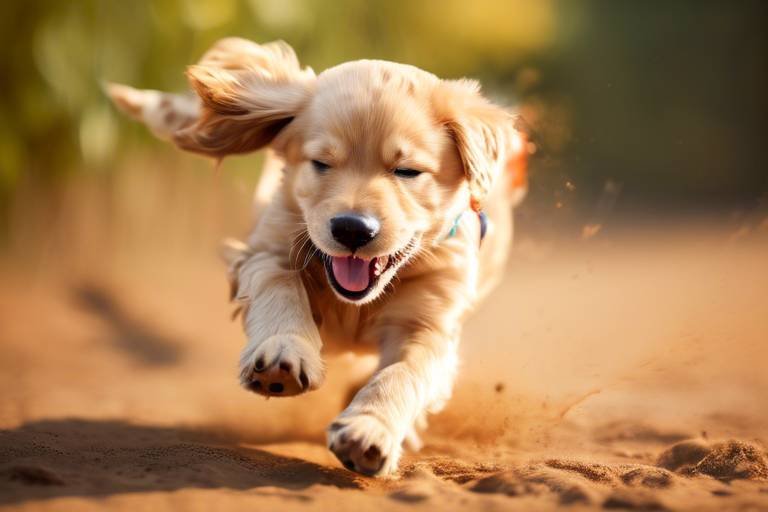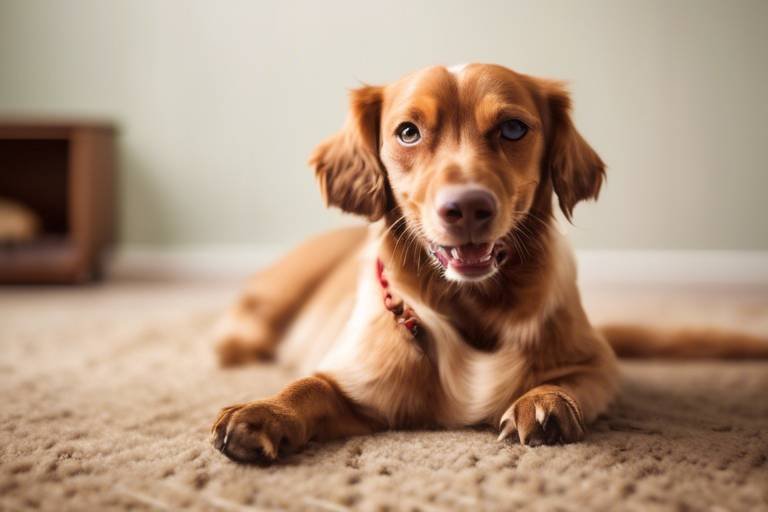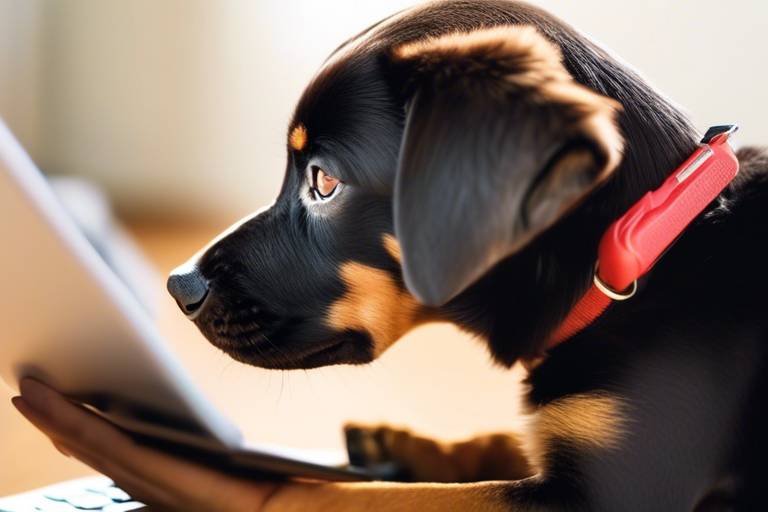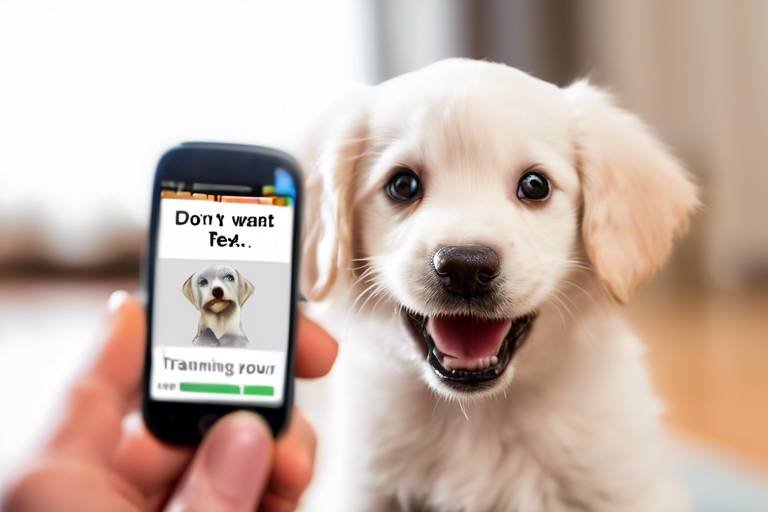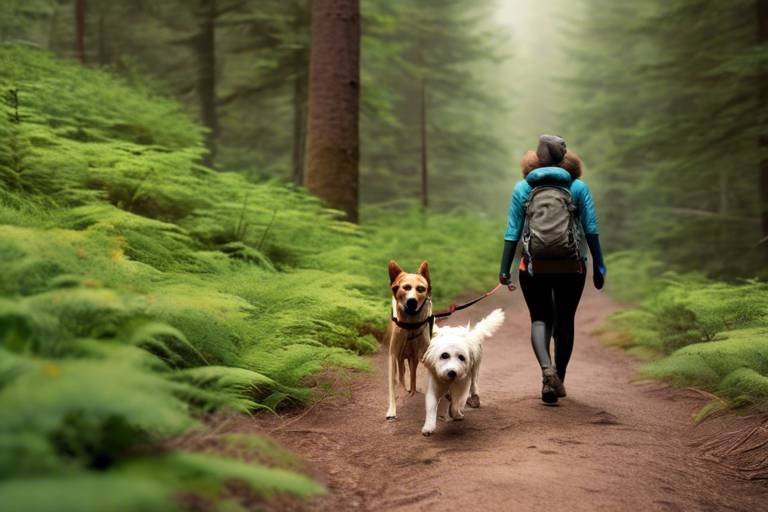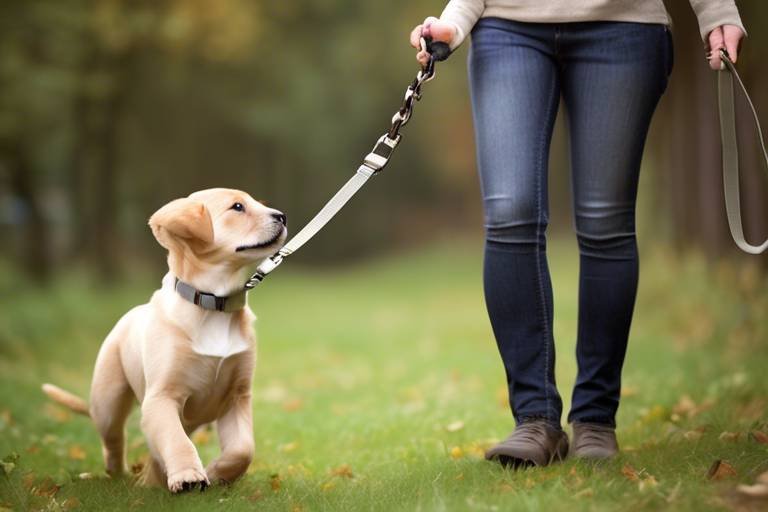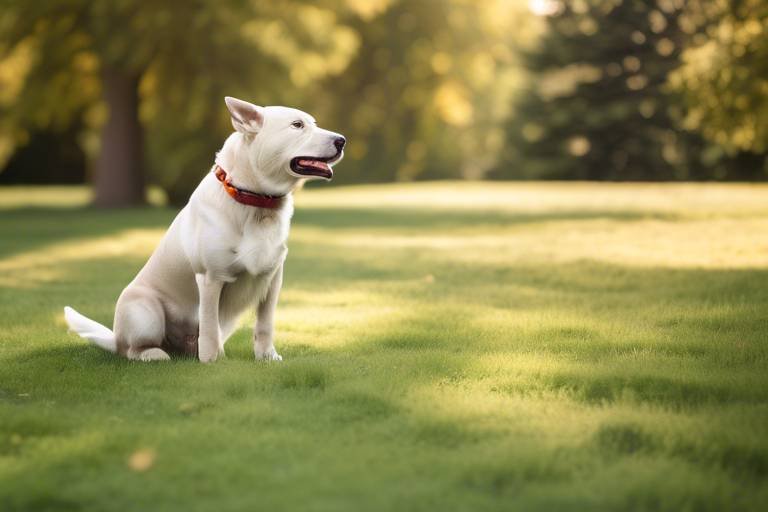Tips for Training Your Dog to Play with Toys Appropriately
Training your dog to play with toys appropriately is not just about keeping them entertained; it's about building a stronger bond between you and your furry friend. Imagine this: your dog, tail wagging and eyes sparkling with joy, happily engaging with their toys in a safe and enjoyable manner. Sounds great, right? Well, it all starts with understanding your dog's play behavior and selecting the right toys for them. In this article, we will explore essential tips and techniques that will enhance your dog’s playtime experience while ensuring their safety and happiness.
Recognizing how your dog naturally plays is crucial. Just like humans, dogs have different play styles that can influence their choice of toys and how they interact with them. Some dogs are natural fetchers, while others might prefer tugging or chewing. Observing your dog's behavior can help you tailor their playtime experience. For instance, if your dog enjoys chasing, a ball or frisbee might be the perfect toy. On the other hand, if they love to chew, durable chew toys could be the way to go. Understanding these nuances will make training more effective and enjoyable for both of you.
Choosing appropriate toys is vital for safe play. When selecting toys, consider factors such as size, material, and your dog's personal preferences. A toy that is too small can pose a choking hazard, while one that is too large may be difficult for your dog to handle. Additionally, the material of the toy matters. Opt for non-toxic, durable materials that can withstand your dog's chewing habits. A good rule of thumb is to hold the toy in your hand and ensure it feels sturdy and safe. Remember, a well-chosen toy can provide hours of fun and keep your dog engaged.
Setting clear playtime rules helps guide your dog's behavior. Just like children, dogs thrive on structure. Establishing boundaries during playtime ensures your dog understands what is acceptable and what isn't. For example, if you want to discourage rough play, you can use commands like "gentle" or "easy" when your dog gets too excited. Consistency is key! Make sure everyone in the household follows the same rules to avoid confusing your dog. This way, your playtime will be more enjoyable and less chaotic.
Positive reinforcement is key to successful training. When your dog engages with their toys in the right way, reward them with treats and praise. This encourages desirable play behaviors and reinforces good habits. For instance, if your dog brings a toy back to you during a game of fetch, celebrate that moment! Use enthusiastic praise and maybe even a small treat to let them know they did a great job. Over time, your dog will associate playing appropriately with positive outcomes, making them more likely to repeat the behavior.
Excessive chewing can be a concern for many dog owners. It's essential to understand that chewing is a natural behavior for dogs, but it can become problematic if they target your shoes or furniture instead of their toys. Common reasons for excessive chewing include boredom, anxiety, or teething in puppies. To redirect this behavior, provide appropriate chew toys and engage your dog in regular play sessions. If you catch them chewing on something they shouldn’t, gently redirect them to their toy. With patience and consistency, you can help your dog develop healthier chewing habits.
Training games can enhance your dog's toy play. Incorporating fun and interactive games not only keeps your dog engaged but also promotes learning. For example, you can play hide and seek with their favorite toy. Hide it somewhere in your home and encourage your dog to find it. This game stimulates their mind and reinforces their bond with you. Another great option is the "find it" game, where you hide treats or toys around the house, and your dog has to sniff them out. These activities make playtime exciting and educational!
Playing with other dogs can influence your dog's toy habits. Socialization is vital for a well-rounded dog, and it can help them learn how to share and play nicely with others. Arrange playdates with other friendly dogs and monitor their interactions. If your dog tends to hoard toys, gently encourage sharing by offering praise when they allow others to play with their toys. This not only helps them learn good social skills but also makes playtime more enjoyable for everyone involved.
Regularly assessing your dog's playtime is essential. Keep an eye on how they interact with their toys and adjust their playtime routine as needed. If you notice your dog losing interest in a particular toy, it may be time to rotate their toy selection. Providing new or different toys can reignite their enthusiasm for play. Additionally, be mindful of their energy levels and adjust playtime duration to prevent overexertion. A well-balanced play routine will keep your dog happy and healthy!
- What types of toys are best for my dog? Look for toys that match your dog's play style and size. Durable, non-toxic materials are ideal.
- How can I stop my dog from chewing on furniture? Redirect their chewing to appropriate toys and provide plenty of mental and physical stimulation.
- How often should I play with my dog? Aim for at least 30 minutes of playtime daily, but adjust based on your dog's energy levels and needs.
- Is it okay for my dog to play with other dogs? Yes! Socialization is essential, but always supervise playdates to ensure safe interactions.
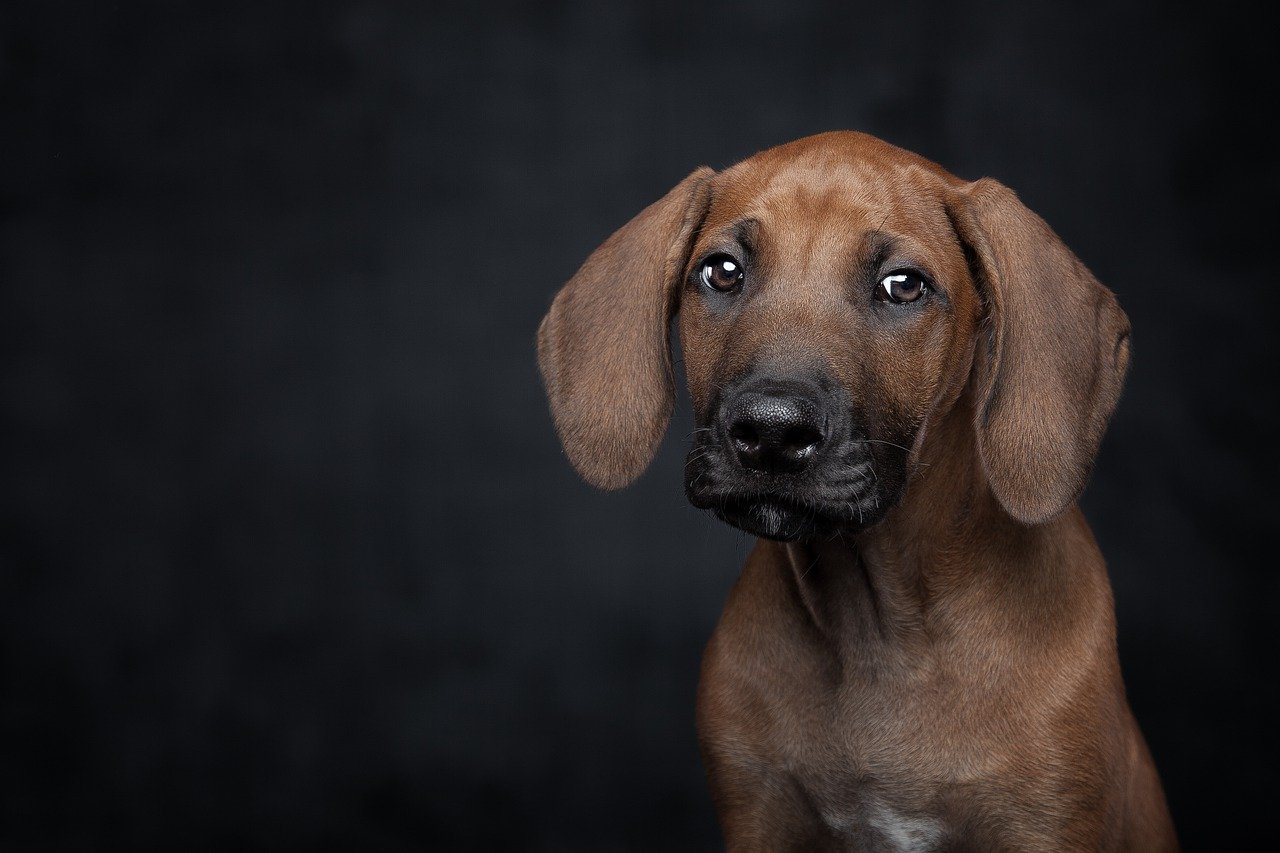
Understanding Your Dog's Play Behavior
When it comes to understanding your dog's play behavior, it's essential to realize that each dog is unique, much like humans. Just as some people prefer quiet activities like reading, others thrive in high-energy sports. Similarly, dogs exhibit a variety of play styles that can greatly influence how they interact with toys. By recognizing these behaviors, you can tailor their playtime experience to ensure it's both safe and enjoyable.
Dogs typically fall into a few distinct play categories, which can be influenced by their breed, age, and personality. For instance, some dogs are natural retrievers, always eager to chase and fetch. Others might be more inclined towards tug-of-war or even solo play with their toys. Understanding these preferences can help you choose the right toys and activities that keep your furry friend engaged.
Here are some common play styles you might notice:
- Chaser: These dogs love to run after toys, balls, or even leaves. They thrive on the thrill of the chase and enjoy games that involve speed.
- Tugger: If your dog enjoys a good game of tug-of-war, they are likely a tugger. This play style is great for building strength and can be a fun bonding experience.
- Chewer: Some dogs find joy in chewing on toys, often using this as a way to explore their environment. It's crucial to provide them with safe and durable toys for this behavior.
- Solo Player: Not all dogs need a playmate. Many enjoy playing independently, often engaging with toys that squeak or have interesting textures.
Once you identify your dog's play style, you can select toys that cater to their preferences. For example, if your dog is a chaser, opt for balls or frisbees that are easy to throw and catch. On the other hand, if your dog loves to chew, consider durable rubber toys or chew bones that can withstand their enthusiasm.
Additionally, observe how your dog interacts with their toys. Do they tend to destroy them quickly, or do they play gently? This behavior can inform you about their energy levels and help you adjust their playtime accordingly. Remember, understanding your dog's play behavior is not just about choosing the right toys; it's also about enhancing their overall happiness and well-being.
In conclusion, taking the time to understand your dog's play behavior is an investment in their health and happiness. By recognizing their unique play styles and preferences, you can create a tailored playtime experience that strengthens your bond and keeps them engaged. So, the next time you head to the pet store, keep your dog's personality in mind and choose toys that reflect their individual play style!
Q: How can I tell what play style my dog has?
A: Observe how your dog interacts with toys and other dogs. Do they prefer chasing, tugging, or chewing? This will give you insight into their play style.
Q: What should I do if my dog loses interest in their toys?
A: Rotate their toys regularly to keep things fresh and exciting. You can also introduce new toys that match their play style to reignite their interest.
Q: Are there toys that are safer for my dog?
A: Yes! Look for toys made from durable, non-toxic materials. Always supervise your dog during playtime, especially with new toys.
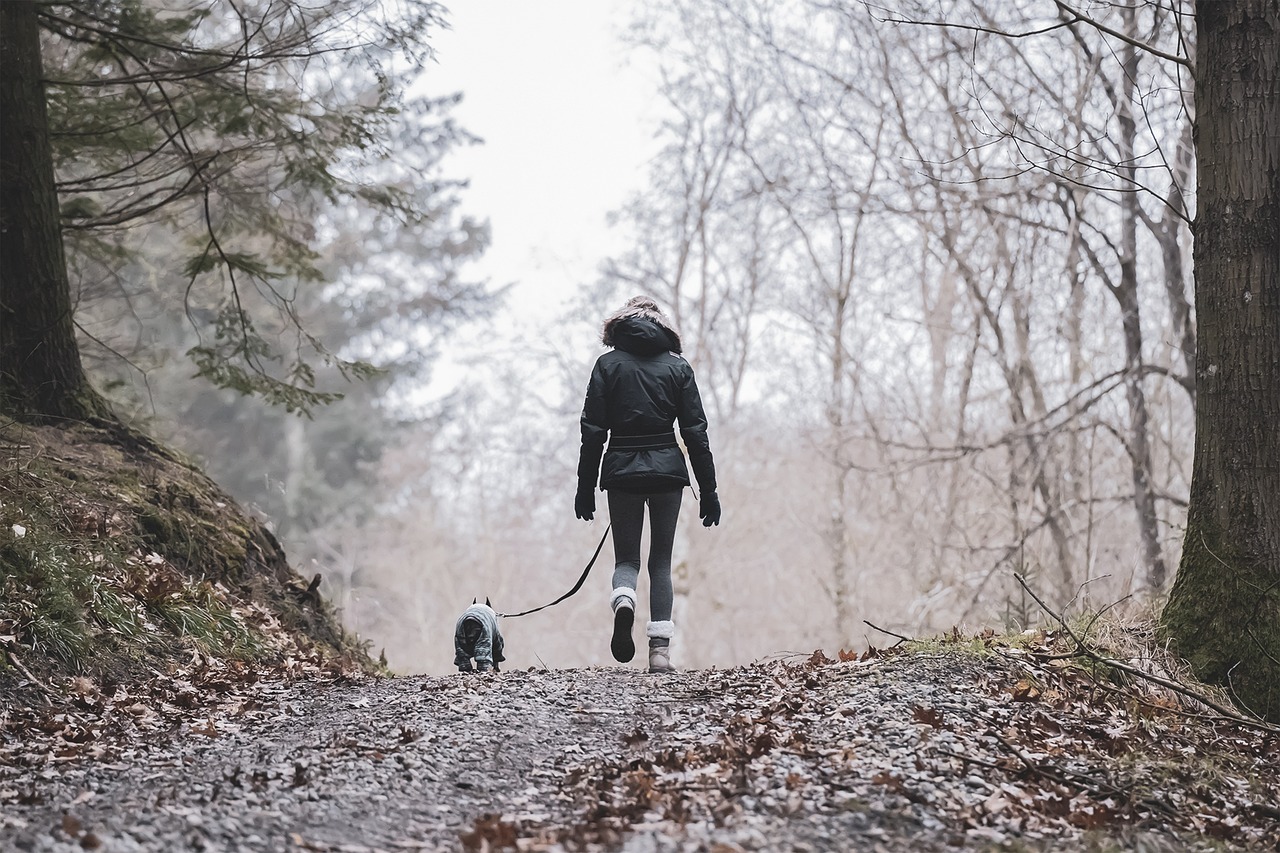
Selecting the Right Toys
When it comes to for your furry friend, it’s not just about grabbing the first colorful item you see on the shelf. Think of it like picking out a new outfit; you want something that fits well, feels good, and suits your dog's unique personality and play style. Each dog is different, and understanding their needs can make a world of difference in how they engage with their toys.
First off, consider your dog's size. A toy that’s too small could pose a choking hazard, while one that’s too large might not be manageable for them. For example, a Great Dane will need a much larger toy than a Chihuahua. It's essential to choose toys that are appropriately sized for your dog. Here’s a quick reference table to help you determine the right toy size based on your dog’s weight:
| Dog Weight | Recommended Toy Size |
|---|---|
| Under 10 lbs | Small toys (e.g., tennis balls) |
| 10 - 30 lbs | Medium toys (e.g., plush toys) |
| 30 - 60 lbs | Large toys (e.g., rubber bones) |
| Over 60 lbs | Extra large toys (e.g., heavy-duty chew toys) |
Next, think about the material of the toys. Dogs can be tough on their toys, so durability is key. Look for toys made from non-toxic, durable materials that can withstand chewing and rough play. Rubber and nylon are great choices for chewers, while soft plush toys may be better suited for gentler pups. Just like we have preferences for certain fabrics, your dog will have their own likes and dislikes when it comes to toy textures.
Another important factor is your dog's play style. Does your dog enjoy tugging, fetching, or chewing? Understanding their preferences will help you select toys that cater to their natural instincts. For instance, if your dog loves to fetch, a good-quality ball or frisbee can provide hours of entertainment. On the other hand, if they prefer to chew, a sturdy chew toy might be the way to go. You might even consider having a variety of toys available, so your dog can choose what they want to play with at any given moment.
Additionally, pay attention to your dog's preferences. Some dogs are drawn to squeaky toys, while others might prefer something that crinkles. Observing your dog during playtime can give you valuable insights into what excites them the most. If they seem to gravitate toward a particular type of toy, it’s a good indication that you should stock up on similar items.
Finally, safety should always be your top priority. Before giving a toy to your dog, inspect it for any small parts that could break off or pose a choking hazard. Regularly check toys for wear and tear, and replace them as needed. Think of it like checking your child’s toys; you want to ensure they’re safe and fun to play with!
In conclusion, selecting the right toys for your dog is a blend of understanding their size, play style, and preferences while keeping safety in mind. By choosing toys that fit these criteria, you’ll not only enhance your dog’s play experience but also strengthen the bond you share through interactive and enjoyable playtime.
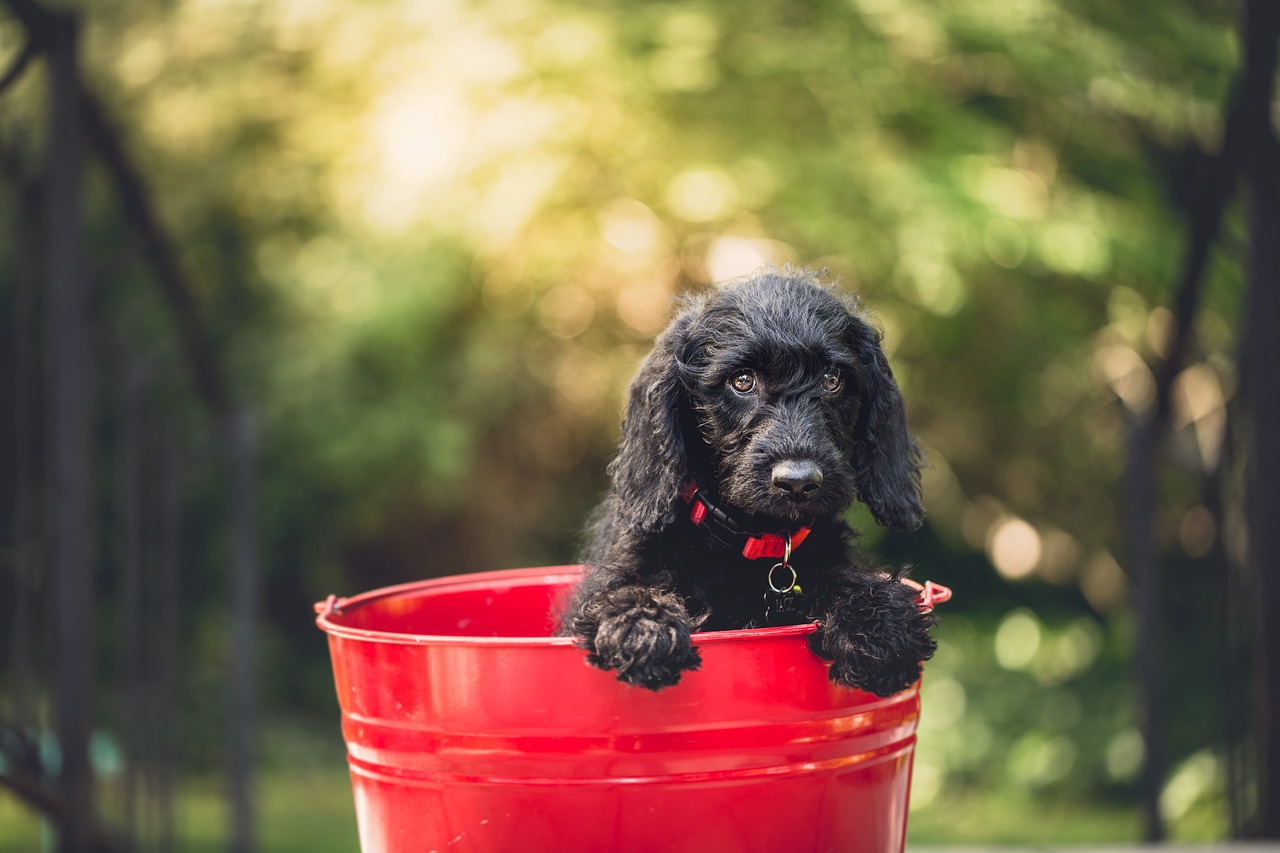
Establishing Playtime Rules
Establishing playtime rules is a fundamental step in ensuring that your dog enjoys their toy experience while also behaving appropriately. Think of it like setting the stage for a performance; without clear guidelines, things can quickly turn chaotic. Just as you wouldn’t let a toddler run wild in a toy store, you wouldn’t want your furry friend to have free rein over their playtime without boundaries. So, how do you set these rules? Let’s dive in!
First, it’s essential to define what acceptable behavior looks like during playtime. For instance, does your dog get overly excited and start to nip at your hands while playing? Or maybe they tend to guard their toys from you or other pets? These behaviors can be addressed by establishing clear rules. You might want to create a simple set of guidelines that you can consistently apply:
- No biting or nipping: If your dog starts to nip, stop the play immediately. This teaches them that biting leads to the end of fun.
- Sharing is caring: Encourage your dog to share their toys with you and other pets. You can introduce this concept by taking turns with a favorite toy.
- Calm down time: If your dog becomes overly excited, have a designated calm-down period where they can relax and regain composure.
By implementing these rules, you create a structured environment that helps your dog understand what is expected of them. It’s also important to be consistent. If you allow your dog to engage in a behavior one day but scold them for it the next, it can lead to confusion. Dogs thrive on routine and predictability, so consistency is key!
Another effective strategy is to use positive reinforcement. When your dog follows the established rules, reward them with treats, praise, or extra playtime. This not only reinforces good behavior but also strengthens the bond between you and your canine companion. Imagine your dog’s wagging tail and happy face when they realize that following the rules leads to more fun! It’s a win-win situation.
Lastly, playtime rules should evolve as your dog grows and learns. Puppies may need more guidance and patience, while older dogs might be ready for more complex games and interactions. Keep an eye on their progress and adjust the rules as necessary. Just like any good relationship, communication is crucial, and that includes understanding your dog’s needs and behaviors.
In conclusion, establishing playtime rules is not just about maintaining order; it’s about enhancing your dog’s play experience and ensuring their safety. By setting clear boundaries, using positive reinforcement, and adapting as needed, you can create a fun and engaging atmosphere for your furry friend. So, grab those toys, set the rules, and get ready for some tail-wagging fun!
- What should I do if my dog doesn’t follow the playtime rules? Consistency is key! Make sure you are reinforcing the rules every time. If your dog continues to misbehave, consider seeking advice from a professional trainer.
- How can I tell if my dog is enjoying playtime? Look for signs like wagging tails, playful barks, and a relaxed posture. If your dog seems anxious or aggressive, it may be time to reassess the play environment.
- Can I change the playtime rules as my dog matures? Absolutely! As your dog grows and learns, feel free to adjust the rules to fit their developmental stage and personality.
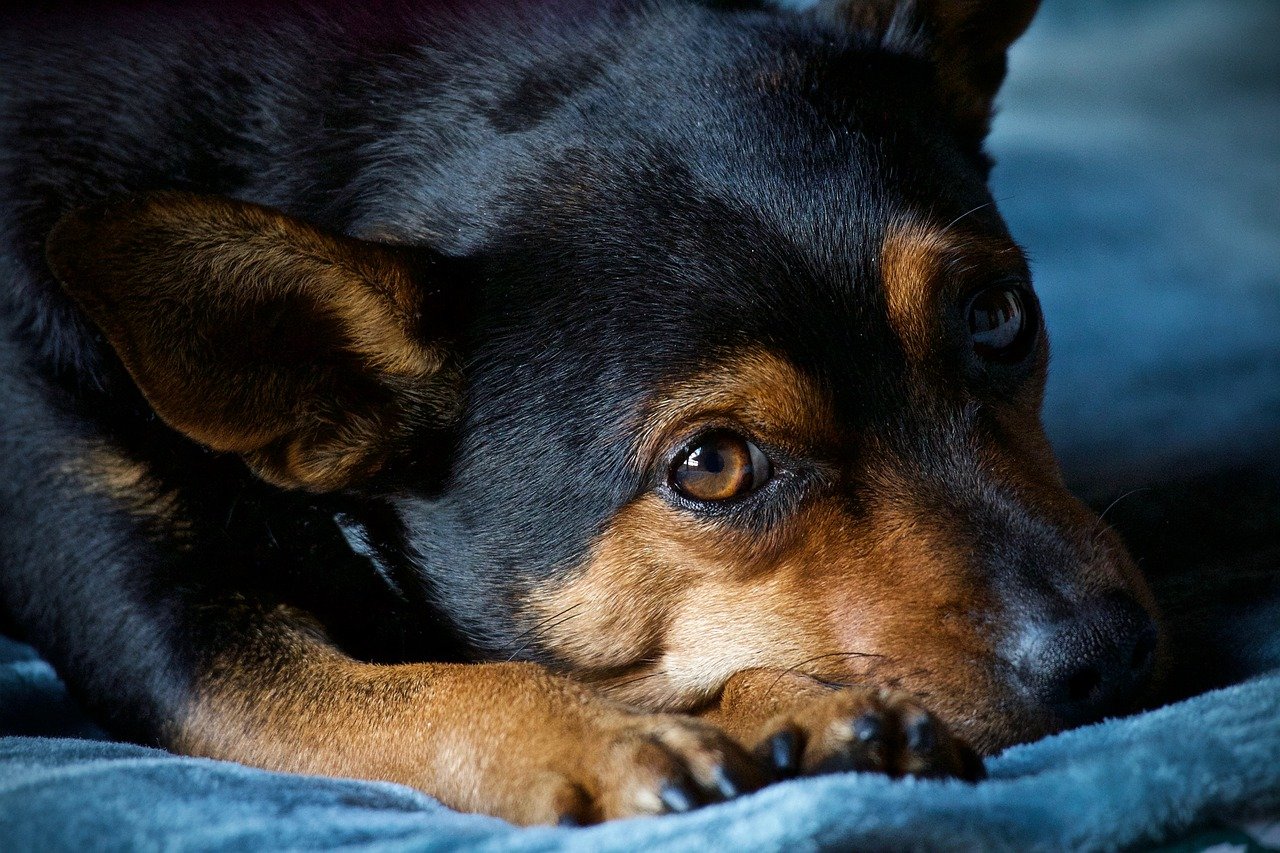
Encouraging Positive Play Interactions
When it comes to training your dog to play with toys, encouraging positive interactions is absolutely essential. Just like humans, dogs thrive on positive reinforcement. This means that every time your furry friend engages with their toys in a desirable way, it's crucial to reward them. Imagine you’re a kid playing a game, and every time you score a point, your coach cheers you on—how motivating is that? Similarly, your dog will be more inclined to repeat behaviors that bring them joy and praise.
One effective method is to use treats and verbal praise. For instance, when your dog picks up a toy instead of chewing on your favorite pair of shoes, shower them with affection and a tasty treat. This not only reinforces the behavior but also strengthens the bond between you and your pet. You might say, "Good boy!" or "What a smart pup!" as they engage positively with their toys. The excitement in your voice can be just as rewarding as the treat itself!
Another technique is to create an engaging play environment. Dogs are naturally curious and love to explore. By making playtime interactive, you can keep them excited about their toys. Consider rotating toys to keep things fresh and interesting. You can set up a little play area with different types of toys that cater to various play styles—some that squeak, some that are plush, and others that are chew-resistant. This variety can stimulate their interest and encourage them to engage in healthy play.
Moreover, it’s important to model the behavior you want to see. Dogs are great observers and often mimic their owners. If you show enthusiasm when your dog plays with their toys, they’ll likely mirror that excitement. For example, you can play tug-of-war or fetch with them, showcasing how much fun it is to interact with their toys. This not only makes playtime more enjoyable but also teaches your dog how to play appropriately.
As you encourage positive play interactions, be sure to monitor your dog’s behavior closely. If you notice them becoming overly excited or aggressive with their toys, it may be time to take a step back and redirect their energy. A calm environment can help diffuse any overexcitement, allowing your dog to refocus on the fun they can have with their toys.
In addition to direct interactions, consider incorporating games that promote sharing and turn-taking, especially if you have multiple pets. Games like 'find the toy' can teach your dog patience and the joy of playing together. Furthermore, engaging in group activities with other dogs can enhance their social skills and help them learn how to play nicely with their toys.
In summary, encouraging positive play interactions with your dog is all about creating a fun, rewarding, and engaging environment. Remember, your enthusiasm and guidance are key in helping your dog develop a healthy relationship with their toys. So, get out there, have fun, and let the games begin!
- How can I tell if my dog is playing appropriately? Look for signs of joy and engagement, such as wagging tails and playful barks. If they seem aggressive or overly excited, it may be time to intervene.
- What types of toys are best for positive play? Choose toys that are safe, durable, and suited to your dog's size and play style. Interactive toys that stimulate their mind are often great choices.
- How often should I engage in playtime with my dog? Aim for at least 20-30 minutes of active playtime daily, but adjust based on your dog's energy levels and needs.
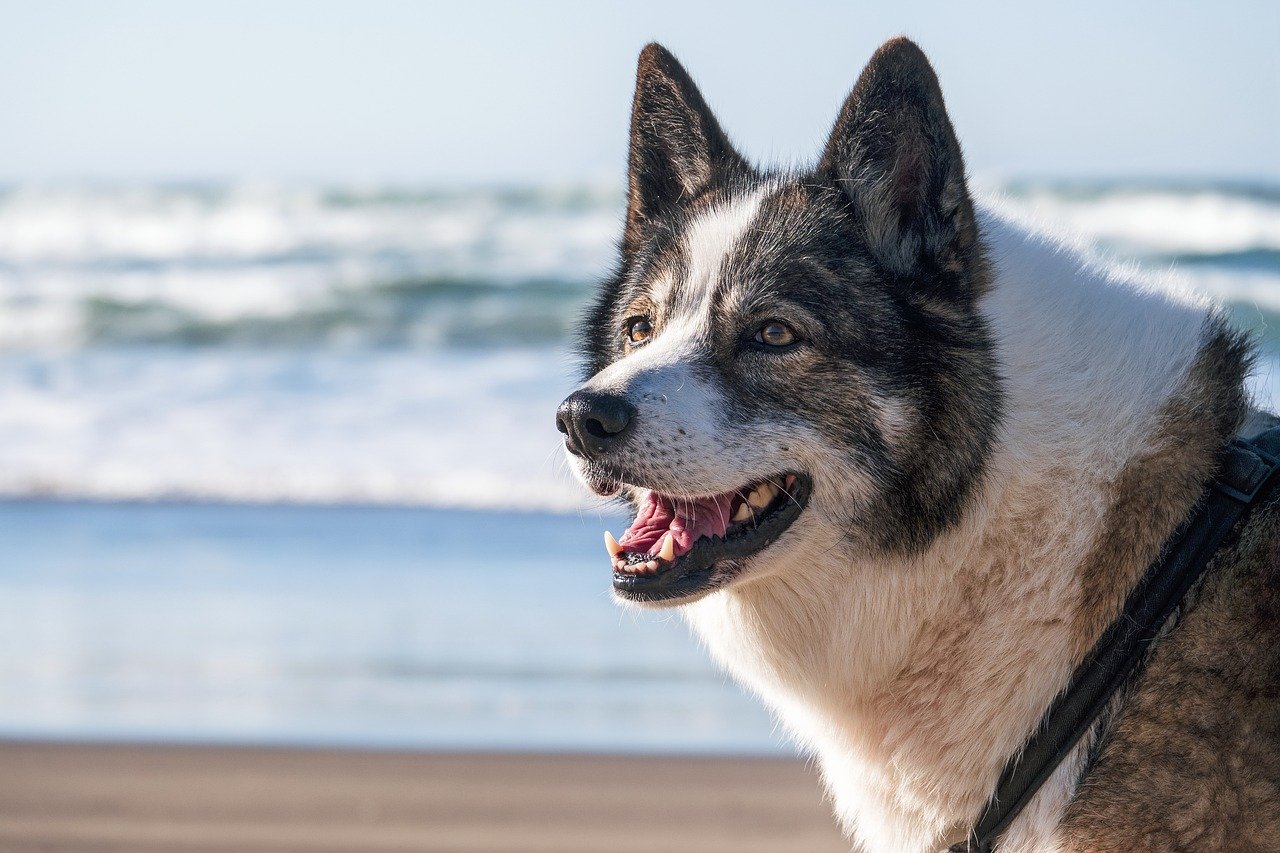
Managing Excessive Chewing
Excessive chewing can be a real challenge for many dog owners, and it often leaves us scratching our heads, wondering why our furry friends seem to have a knack for turning our favorite shoes into chew toys. Understanding the reasons behind this behavior is the first step toward managing it effectively. Dogs may chew excessively due to boredom, anxiety, or even teething in younger pups. It's essential to recognize that chewing is a natural behavior for dogs, akin to how humans might reach for a snack when they're feeling peckish. So, instead of viewing it as a nuisance, let's explore how to redirect this behavior towards more appropriate outlets.
One of the most effective strategies for managing excessive chewing is to provide your dog with a variety of appropriate chew toys. These toys should be durable and engaging, catering to your dog's specific chewing needs. For instance, if your dog is a strong chewer, look for toys made from tough rubber or nylon. On the other hand, softer toys may be more suitable for gentle chewers. Here’s a quick breakdown of toy types:
| Toy Type | Best For | Material |
|---|---|---|
| Rubber Toys | Strong Chewers | Durable Rubber |
| Nylon Bones | Moderate Chewers | Nylon |
| Soft Plush Toys | Gentle Chewers | Fabric |
| Dental Chews | All Dogs | Varied |
In addition to providing the right toys, it's crucial to set up a routine that includes regular exercise and mental stimulation. Dogs that are physically and mentally engaged are less likely to resort to destructive chewing. Consider incorporating daily walks, play sessions, and puzzle toys that challenge your dog's mind. You might be surprised how a simple game of fetch or a brisk walk can help curb that urge to chew on your furniture.
Moreover, if your dog is chewing out of anxiety, it’s essential to address the root cause. Sometimes, dogs chew when they feel lonely or when there are changes in their environment. Creating a calm and secure space for your dog can help alleviate anxiety. You might also consider using calming products like pheromone diffusers or anxiety wraps that can help soothe your pup during stressful times.
Lastly, if your dog's chewing habits seem to be out of control, don't hesitate to consult a veterinarian or a professional dog trainer. They can offer tailored advice and strategies to help manage this behavior effectively. Remember, patience is key! Just like teaching a child to use a fork instead of their hands, training your dog to chew appropriately takes time and consistent effort.
Q: What should I do if my dog continues to chew inappropriate items?
A: Redirect their attention to a suitable chew toy and reinforce this behavior with praise. Consistency is crucial.
Q: How can I tell if my dog is chewing out of boredom or anxiety?
A: Look for signs of restlessness or destructive behavior when you’re away. If your dog seems anxious, consider providing more exercise or using calming products.
Q: Are there any toys that can help with excessive chewing?
A: Yes! Durable rubber toys, dental chews, and interactive puzzle toys can keep your dog engaged and reduce excessive chewing.
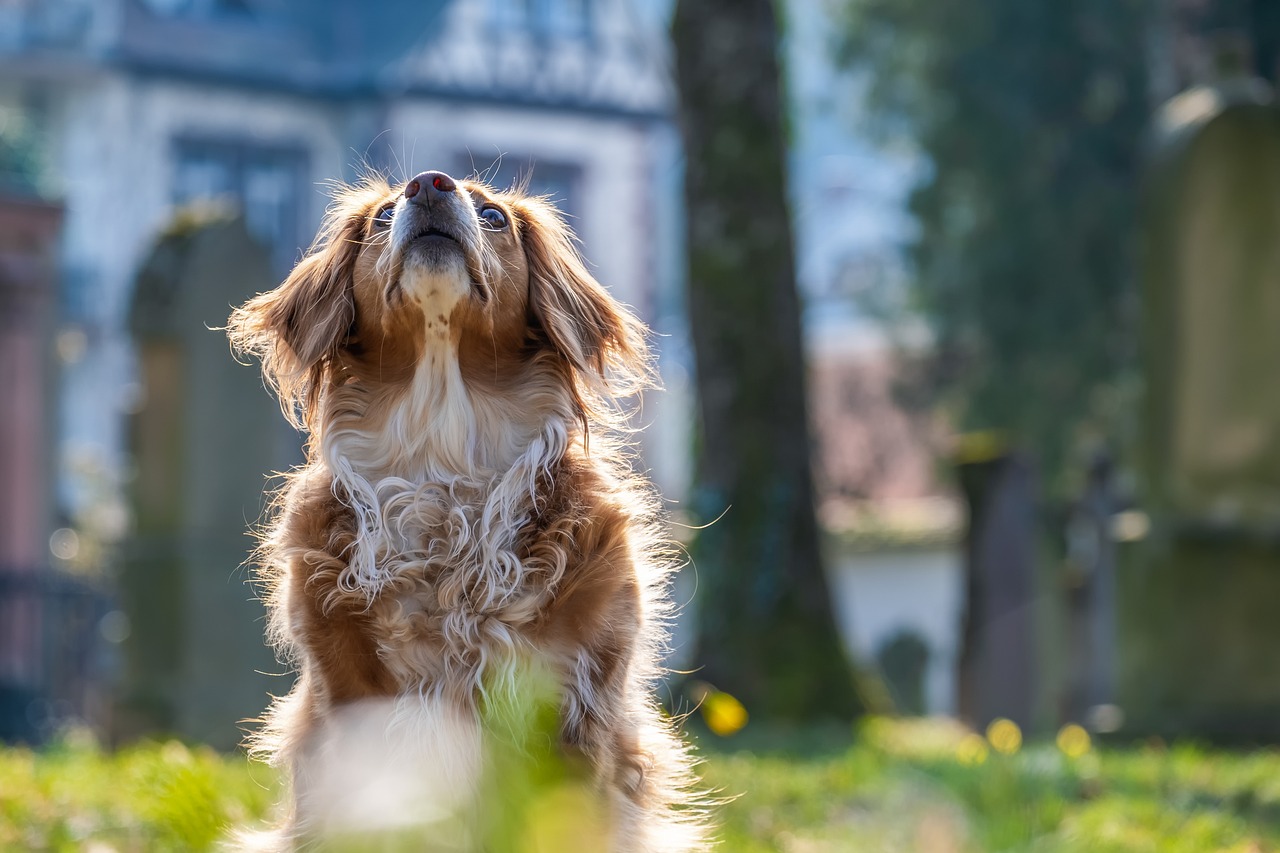
Incorporating Training Games
Training games are a fantastic way to make playtime not just fun but also a valuable learning experience for your dog. Imagine turning an ordinary afternoon into an engaging session filled with excitement and new skills! By incorporating training games into your dog's routine, you can enhance their cognitive abilities, reinforce good behavior, and strengthen your bond. So, how do you get started? Let’s dive into some creative ideas that will keep your furry friend entertained and eager to learn!
One of the simplest yet most effective games to incorporate is the classic "Fetch." But instead of just tossing a ball and calling it a day, you can add a twist by teaching your dog to return the toy to a specific spot. This not only adds a layer of challenge but also reinforces the concept of following commands. Did you know that dogs thrive on mental stimulation? By making fetch a training game, you can turn it into a productive activity that sharpens their focus and obedience.
Another exciting game is "Hide and Seek." This game is not just for kids! You can engage your dog by hiding somewhere in your house or yard and calling them to find you. The thrill of the chase will get their tails wagging, and it helps reinforce their recall skills. Plus, the joy on their face when they discover you is simply priceless! To make it even more fun, you can hide their favorite toy and encourage them to locate it, which can also help with their scent recognition skills.
To keep things fresh, consider introducing puzzle toys. These toys are designed to challenge your dog's problem-solving abilities and keep them engaged for longer periods. You can fill them with treats or kibble, and your dog will have to figure out how to get to the goodies inside. It’s like a treasure hunt that stimulates their mind while providing a tasty reward! You might be surprised at how quickly they catch on and how much fun they have figuring it out.
As you incorporate these games, remember to use positive reinforcement. Reward your dog with treats, praise, or extra playtime when they successfully complete a task. This not only encourages them to participate but also builds their confidence. Think of it as celebrating small victories together, which makes the training process enjoyable for both of you!
Lastly, don't forget to mix things up! Dogs can get bored with the same routine, so introducing new games or variations of existing ones can keep their interest piqued. Whether it’s adding obstacles to a fetch game or creating a mini agility course in your backyard, the possibilities are endless. The key is to stay creative and responsive to your dog’s preferences.
Incorporating training games into your dog's playtime is a surefire way to enhance their learning experience while having a blast together. So grab those toys, get ready to have some fun, and watch as your dog flourishes in both play and training!
- What types of toys are best for training games? Look for durable, interactive toys that can withstand your dog's energy. Puzzle toys, balls, and tug ropes are great options!
- How often should I play training games with my dog? Aim for short sessions of 10-15 minutes a few times a week. This keeps it fun without overwhelming your dog.
- Can training games help with behavioral issues? Absolutely! Engaging your dog in fun activities can reduce boredom and anxiety, leading to improved behavior.
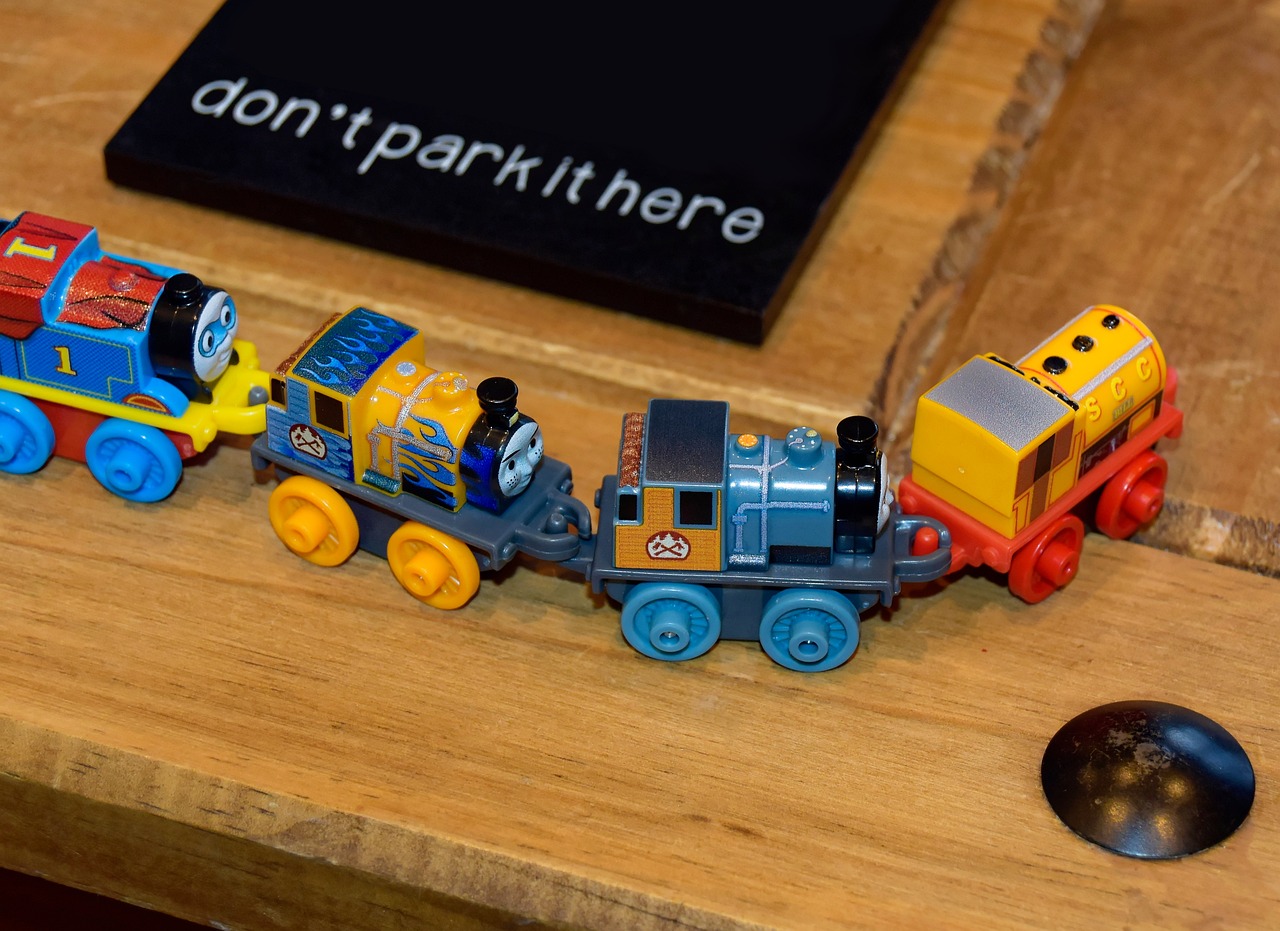
Socializing with Other Dogs
When it comes to socializing your dog, the benefits extend far beyond just having fun at the dog park. Engaging with other dogs can significantly influence your dog's behavior, especially when it comes to how they interact with toys. Just like humans, dogs learn a great deal from their peers. Watching other dogs play can teach your furry friend about appropriate play styles, sharing, and even toy selection. Imagine your dog as a sponge, soaking up the social cues from their canine companions!
One of the key aspects of socialization is understanding that not all dogs play the same way. Some dogs are more dominant, while others may be submissive. This dynamic can affect how they interact with toys during playtime. For instance, a dominant dog might claim a toy and not want to share, while a more submissive dog might shy away from toys altogether. Therefore, it's essential to monitor these interactions closely. You want to ensure that your dog is learning positive behaviors and not picking up any bad habits, like excessive guarding of toys.
Additionally, organized playdates can be a fantastic way to introduce your dog to new friends. When setting up a playdate, consider the following:
- Choose the Right Friends: Ensure the dogs you invite have similar play styles and energy levels. A high-energy dog might overwhelm a more laid-back pup.
- Supervise Playtime: Always keep an eye on the interactions. This allows you to step in if play gets too rough or if any dog seems uncomfortable.
- Provide Plenty of Toys: Having a variety of toys available can help reduce any potential conflicts. It encourages sharing and keeps everyone engaged.
Another important aspect of socialization is teaching your dog to be gentle with toys. If your dog tends to get overly excited, it might be wise to introduce them to calmer playmates first. This way, they can learn to control their excitement and play appropriately without overwhelming their friends. Over time, as your dog becomes more comfortable in social settings, you can gradually introduce them to more boisterous playgroups.
Finally, don’t forget to reward your dog for positive interactions! Use treats and praise to reinforce good behavior when they share toys or play nicely with others. This not only enhances their learning experience but also strengthens your bond with them. Remember, socializing your dog is not just about letting them run wild; it’s about teaching them how to navigate their social world with confidence and respect.
Q: How often should I socialize my dog?
A: Ideally, you should aim for weekly socialization opportunities, but this can vary based on your dog's comfort level and energy. Regular exposure is key to building confidence.
Q: What should I do if my dog doesn’t want to play with other dogs?
A: It’s important to respect your dog’s feelings. Start with one-on-one playdates with a calm, friendly dog to help them adjust. Gradually increase the number of dogs as they become more comfortable.
Q: Can I socialize my dog with different breeds?
A: Absolutely! Socializing with various breeds can be beneficial, as it exposes your dog to different play styles and behaviors. Just ensure that the other dogs are well-mannered and friendly.
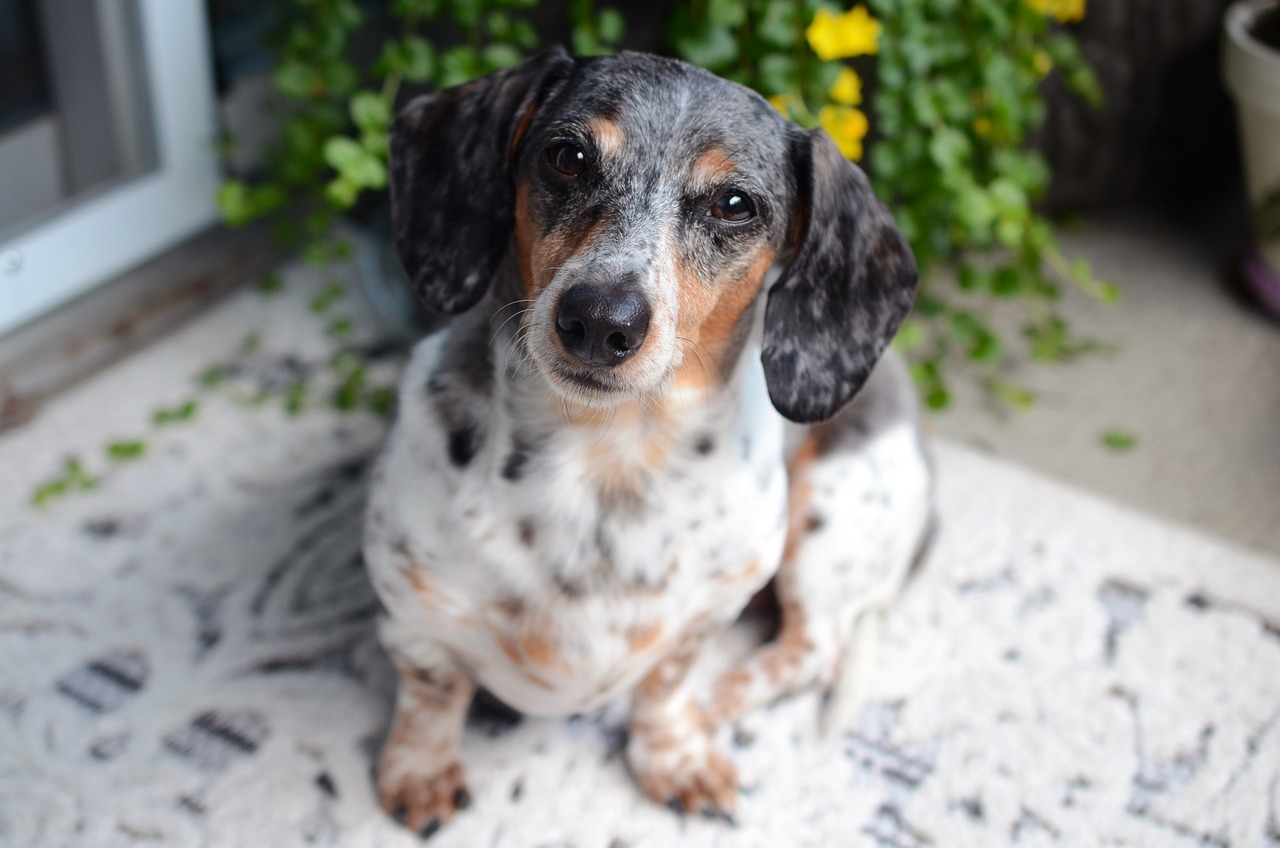
Monitoring and Adjusting Playtime
When it comes to your dog's playtime, monitoring their interactions with toys is essential for ensuring their safety and enjoyment. Just like a parent watches over a child at play, you too need to keep a close eye on your furry friend. This means observing how they play, what toys they gravitate towards, and how they interact with different objects. You might notice that your dog has a preference for certain toys, or perhaps they play more vigorously with some than others. This is all part of understanding their unique play style.
As you observe your dog's playtime, it’s vital to adjust their routine based on what you see. For instance, if you notice your dog becoming overly excited or aggressive with a particular toy, it might be time to swap it out for something softer or less stimulating. Similarly, if they seem bored with their current selection, introducing new toys can reignite their interest and keep playtime fresh and engaging. Remember, keeping playtime fun is key to maintaining your dog's enthusiasm for their toys.
Another important aspect of monitoring playtime is ensuring that your dog is not playing too rough or engaging in behaviors that could lead to injuries. For example, if your dog is prone to chewing off small parts of toys, it’s crucial to supervise their play and remove any toys that could pose a choking hazard. You might consider creating a playtime schedule that includes shorter, more frequent play sessions rather than one long session. This can help manage their energy levels and prevent overstimulation.
To help you keep track of your dog's play habits, you might want to maintain a simple log. Here’s a basic example of what that could look like:
| Date | Toy Used | Duration of Play | Behavior Observed |
|---|---|---|---|
| 2023-10-01 | Rubber Ball | 30 minutes | Excited and playful |
| 2023-10-02 | Stuffed Animal | 15 minutes | Gentle chewing |
| 2023-10-03 | Frisbee | 20 minutes | Aggressive tugging |
This log can help you identify patterns over time, allowing you to make informed decisions about your dog's playtime. For instance, if you notice that they are consistently aggressive with one type of toy, you can replace it with something that encourages calmer play. Ultimately, the goal is to create a safe, enjoyable environment where your dog can thrive and express their natural instincts.
Finally, don’t forget to involve your dog in the process! After all, they are the ones playing with these toys. Pay attention to their reactions and preferences, and adjust accordingly. It’s a collaborative effort that will not only keep your dog happy but will also strengthen the bond you share. So, keep your eyes peeled, make those adjustments, and watch your dog flourish in their playtime adventures!
- How often should I monitor my dog's playtime? It's best to monitor playtime regularly, especially after introducing new toys or changing their routine.
- What signs indicate my dog is bored with their toys? Look for signs like disinterest, ignoring toys, or seeking out non-toy items to play with.
- How can I tell if a toy is safe for my dog? Ensure the toy is appropriately sized, made of durable materials, and free from small parts that could be chewed off.
Frequently Asked Questions
- What are the signs that my dog is ready to play with toys?
Dogs often show excitement through body language, like wagging their tails, bouncing around, or bringing toys to you. If your pup seems eager and engaged, it’s a good sign they’re ready for some playtime!
- How do I choose the right toys for my dog?
When selecting toys, consider your dog's size, chewing habits, and preferences. Look for durable materials that can withstand their play style. Always supervise playtime to ensure safety and prevent any accidents.
- What are some effective playtime rules I should set?
Establishing rules like "no jumping" or "gentle play" can help guide your dog's behavior. Consistency is key, so make sure everyone in your household follows the same rules to avoid confusion for your furry friend.
- How can I encourage positive play behaviors?
Use treats and praise to reinforce good behavior during playtime. When your dog plays nicely with their toys, reward them! This positive reinforcement helps them associate good behavior with fun and rewards.
- What should I do if my dog is excessively chewing on toys?
Excessive chewing can stem from boredom or anxiety. Redirect their chewing habits by providing appropriate toys and engaging them in play. If the behavior persists, consider consulting a vet or a professional trainer for tailored advice.
- Are there specific training games that can help my dog?
Absolutely! Games like fetch, tug-of-war, or hide-and-seek not only keep your dog entertained but also promote learning and bonding. These interactive games can make playtime both fun and educational for your pup!
- How important is socialization with other dogs?
Socializing your dog with other dogs is crucial for developing healthy play habits. It teaches them appropriate toy usage and helps them learn boundaries from their peers. Just ensure that playdates are supervised to maintain a safe environment.
- How can I monitor and adjust my dog's playtime?
Keep an eye on how your dog interacts with their toys and other pets. If you notice any negative behaviors or if they seem bored, it might be time to switch up the toys or adjust the playtime routine to keep things fresh and exciting!


